From the Beaglebone Black SRM Rev C.1: "DO NOT APPLY VOLTAGE TO ANY I/O PIN WHEN POWER IS NOT SUPPLIED TO THE BOARD. IT WILL DAMAGE THE PROCESSOR AND VOID THE WARRANTY. NO PINS ARE TO BE DRIVEN UNTIL AFTER THE SYS_RESET LINE GOES HIGH."
I want to connect a sensor to ADC input. When I apply the power to BBB and to the sensor in the same moment, there is a danger that the signal from sensor comes earlier as BBB is ready. What is the best way how to prevent from this?
I can imagine following:
a) Control a transistor with SYS_RESET signal to switch on the power for the sensor? b) put "something" between the pin and the sensor?
